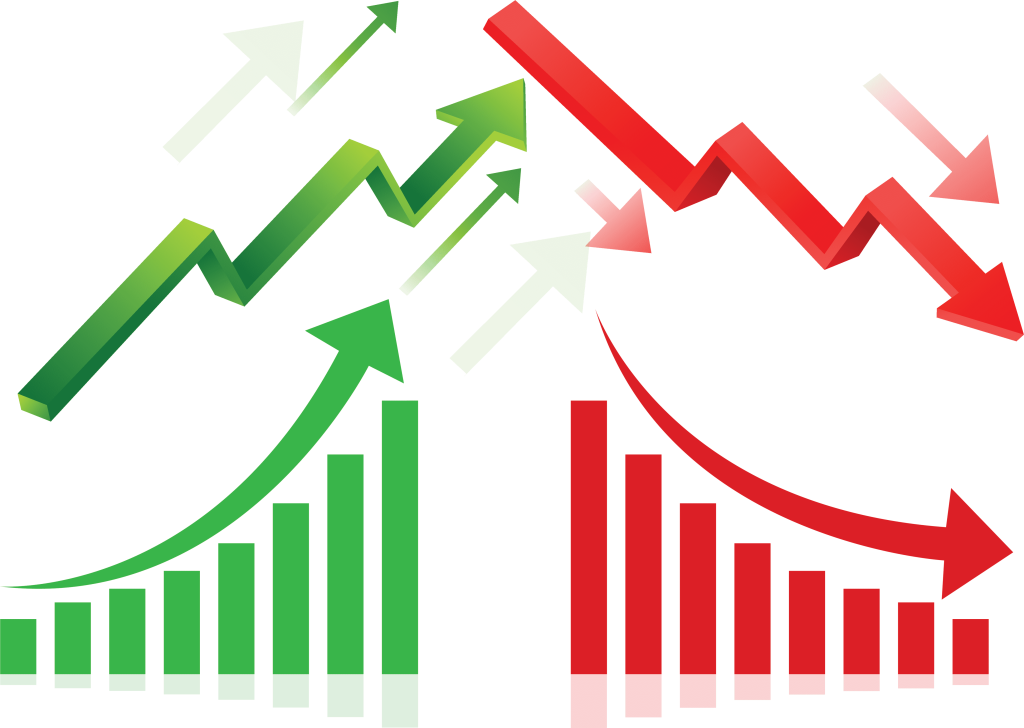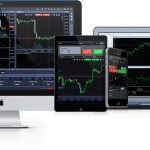
Introduction :
This topic is content of our share market courses. Stock Market phases refer to distinct periods or stages that financial markets go through over time. These phases are characterized by specific price movements, trends, and market behavior. Understanding market phases can help traders and investors make more informed decisions based on the prevailing market conditions. Here are the common market phases:
Stock Market Phases
Accumulation Phase :
In this phase, prices are generally flat or slightly declining after a prolonged downtrend. Smart money or institutional investors begin accumulating assets, as they believe the worst is over and that the asset’s value is relatively low. Volume might be lower during this phase.
Mark-Up or Bullish Phase :
During the mark-up phase, prices start to rise more decisively. Positive news and increased investor interest drive buying activity. This phase is characterized by higher highs and higher lows, indicating a bullish trend. Volume usually increases as more investors participate.
Distribution Phase :
As prices continue to rise, the distribution phase emerges. In this phase, smart money begins to sell their holdings to less informed traders who are entering the market late in the trend. Prices might start to move sideways or show signs of weakness. Volume can remain relatively high or start to decline.
Mark-Down or Bearish Phase :
The mark-down phase sees a decline in prices as selling pressure increases. This phase follows the distribution phase and often signifies the end of a bullish trend. Lower highs and lower lows are characteristic of a bearish trend. Volume can be elevated during sharp declines.
Sideways or Consolidation Phase :
During this phase, prices move within a range, neither showing significant upward nor downward movement. This phase occurs between major trends and can indicate a period of uncertainty in the market. Volume might be lower compared to trend phases.
Transition Phase :
The transition phase marks the shift from one primary trend to another. For example, a transition from a bearish to a bullish trend or vice versa. Prices might exhibit choppy behavior as the old trend loses momentum and the new trend gains strength. Volume can be erratic during this phase.
Panic or Capitulation Phase :
In the panic or capitulation phase, fear and extreme selling pressure dominate the market. This phase often follows prolonged declines or negative news. Prices can plummet rapidly as investors rush to exit positions. Capitulation can lead to a temporary oversold condition, potentially setting the stage for a rebound.
Recovery or Rebound Phase :
The recovery phase follows a period of sharp declines and is characterized by a rebound in prices. This phase can be a result of oversold conditions, improved sentiment, or positive news. Traders watch for signs of stabilization and upward momentum, but it’s important to confirm that the rebound is sustainable.
Understanding these stock market phases helps traders and investors tailor their strategies to the current market conditions. Different strategies, indicators, and risk management approaches are appropriate for each phase. Successful market participants adapt to the ever-changing dynamics by recognizing which phase the market is in and aligning their actions accordingly. Keep in mind that while stock market phases provide insights, markets can be complex and influenced by various factors, so no phase is a guarantee of future price movement.
Stock Market phases are not always linear or well-defined, and different assets or markets can experience unique patterns. A comprehensive understanding of these phases, along with technical and fundamental analysis, can help traders and investors make more informed decisions. However, stock market phases are only one aspect of trading, and success requires a holistic approach that includes risk management, strategy development, and continuous learning in our share market courses.
Join Offline Technical Analysis Courses
- 10 Powerful Futures and Options Trading Strategies for Beginners

- Expose the Power of Option Trading in technical analysis

- Understanding Bollinger Bands in Technical Analysis

- Understanding Moving Averages Convergence and Divergence (MACD) for Intraday Traders

- Why a stock trading course is worth considering?


